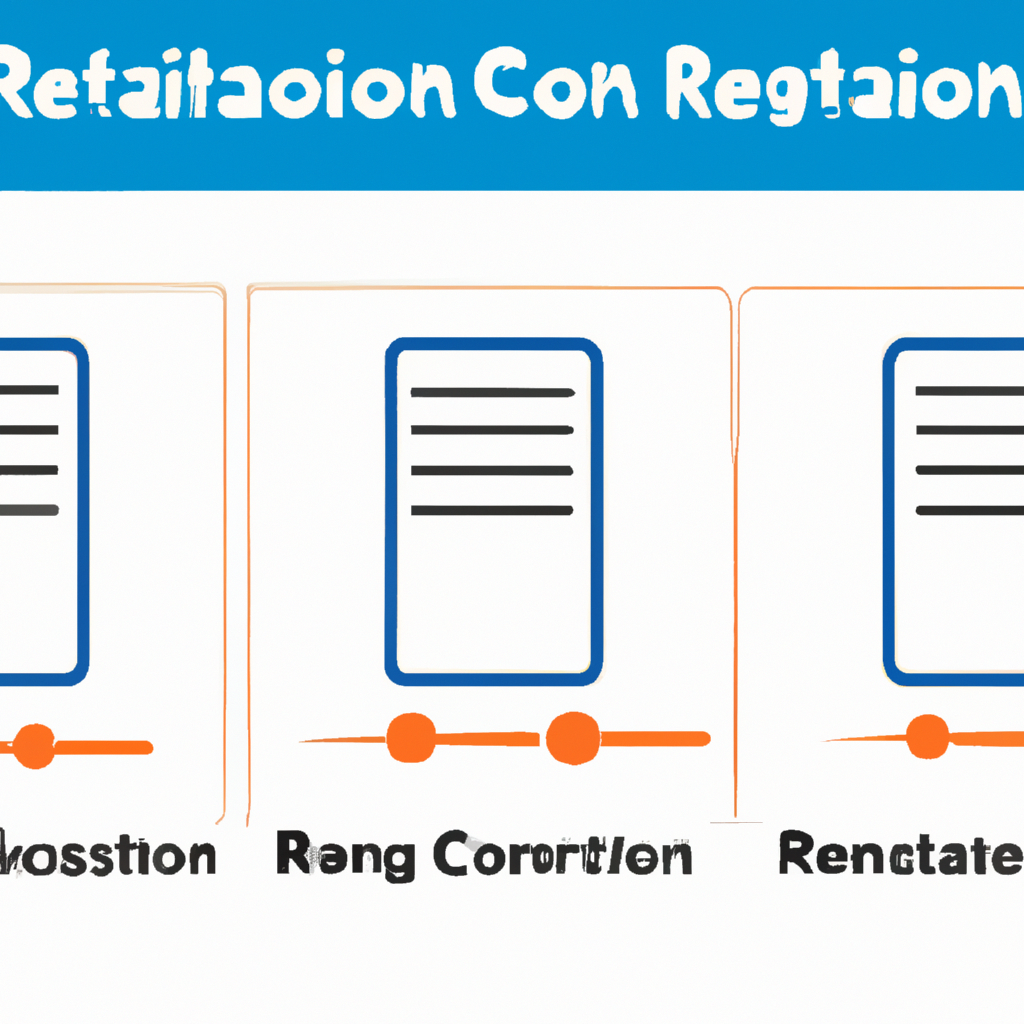
Chart Patterns Recognition Guide
Introduction
Chart patterns are formations that appear on price charts of financial assets, such as stocks, currencies, or commodities. These patterns can provide valuable insights into the future direction of the price movement and help traders make informed decisions. In this guide, we will discuss some of the most common chart patterns and how to recognize them.
Types of Chart Patterns
1. Head and Shoulders
The head and shoulders pattern is a reversal pattern that indicates a potential trend reversal. It consists of three peaks – a higher peak (head) in the middle, flanked by two lower peaks (shoulders) on either side. This pattern signals that the price is likely to move lower after the completion of the pattern.
2. Double Top and Double Bottom
The double top pattern is a bearish reversal pattern that forms after an uptrend, indicating that the price may reverse and move lower. Conversely, the double bottom pattern is a bullish reversal pattern that forms after a downtrend, signaling a potential upward reversal.
3. Triangle Patterns
Triangle patterns are continuation patterns that indicate a pause in the current trend before the price resumes its previous direction. There are three main types of triangle patterns – symmetrical, ascending, and descending triangles.
Recognizing Chart Patterns
1. Study Price Charts
Start by studying price charts of different financial assets to familiarize yourself with various chart patterns. Look for patterns that repeat themselves and try to understand the significance of each pattern.
2. Use Technical Analysis Tools
Utilize technical analysis tools, such as trendlines, moving averages, and indicators, to help identify chart patterns more easily. These tools can provide additional confirmation of the patterns you have identified.
3. Pay Attention to Volume
Volume is an important indicator that can help confirm the validity of a chart pattern. A breakout accompanied by high volume is more likely to be significant than a breakout with low volume.
Conclusion
Chart patterns are a valuable tool for traders to analyze price movements and make informed trading decisions. By learning to recognize and interpret these patterns, traders can improve their trading strategies and increase their chances of success in the financial markets.





